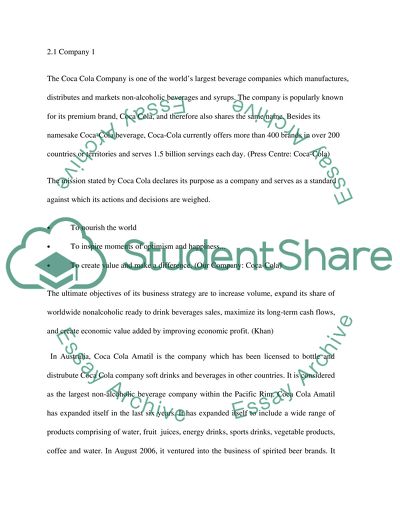Cite this document
(“Pepsi and Coca cola companies in Australia (report) Essay”, n.d.)
Retrieved from https://studentshare.org/environmental-studies/1417131-pepsi-and-coca-cola-companies-in-australia-report
Retrieved from https://studentshare.org/environmental-studies/1417131-pepsi-and-coca-cola-companies-in-australia-report
(Pepsi and Coca Cola Companies in Australia (report) Essay)
https://studentshare.org/environmental-studies/1417131-pepsi-and-coca-cola-companies-in-australia-report.
https://studentshare.org/environmental-studies/1417131-pepsi-and-coca-cola-companies-in-australia-report.
“Pepsi and Coca Cola Companies in Australia (report) Essay”, n.d. https://studentshare.org/environmental-studies/1417131-pepsi-and-coca-cola-companies-in-australia-report.


